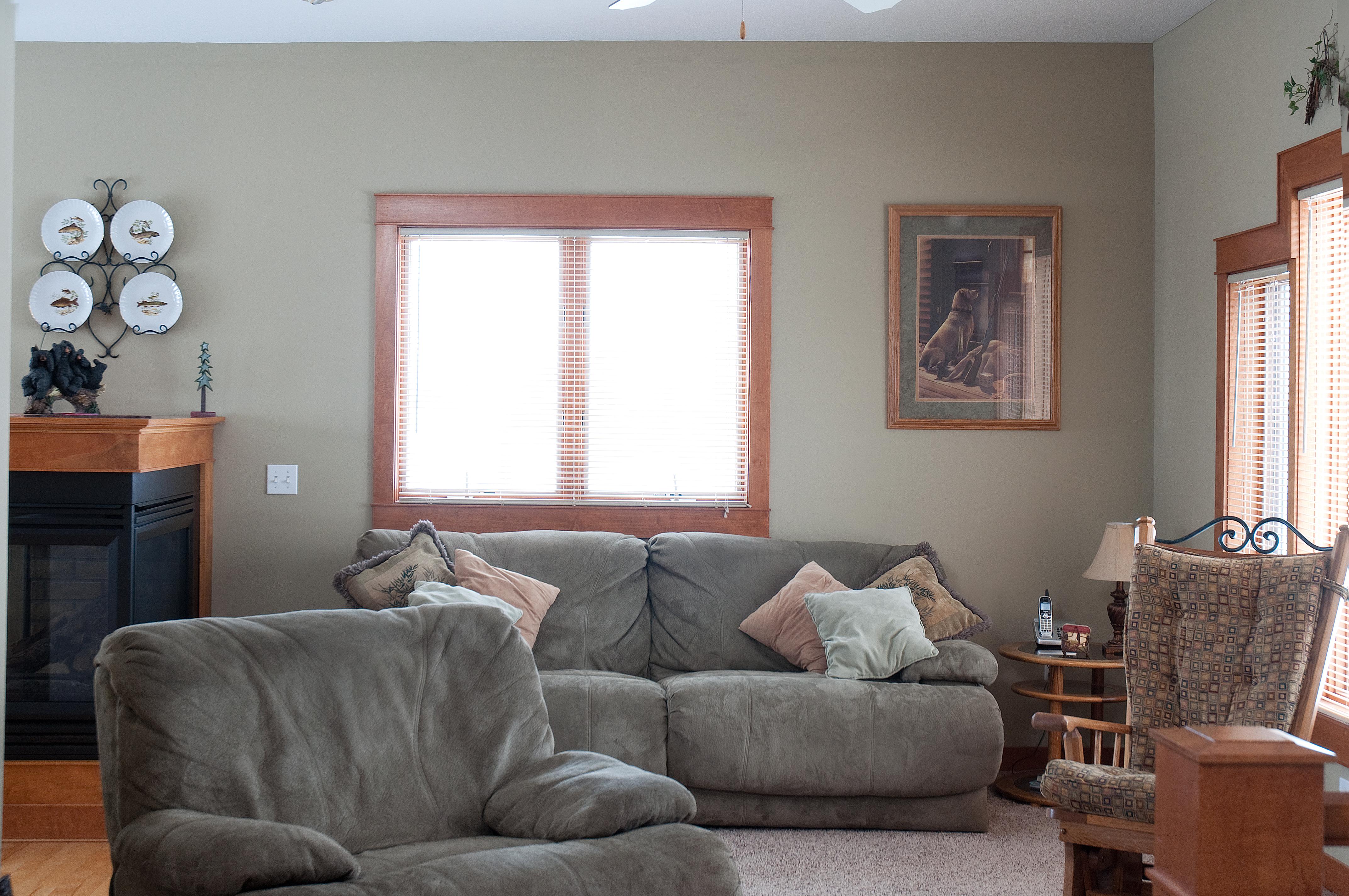In today’s fast-paced world, chronic stress has become an unwelcome companion for many, silently impacting our mental and physical well-being. Whether it’s juggling work responsibilities, managing household duties, or navigating personal challenges, the weight of stress can feel overwhelming. But take heart—you’re not alone in this journey, and there are effective ways to manage and reduce stress from the comfort of your home. In this article, we will explore practical, compassionate strategies designed to help you regain control and find a sense of calm amidst the chaos. These tips are not just about surviving but thriving, as you learn to create a nurturing environment that supports your overall health and happiness. Let’s embark on this path to resilience together, one step at a time.
Understanding Your Stress Triggers
Identifying what specifically sets off your stress response is crucial for effective management. These triggers can be varied and sometimes subtle, ranging from environmental factors to personal habits. Begin by keeping a journal for a week, noting down moments when you feel stressed and the circumstances surrounding them. This exercise will help in pinpointing patterns or commonalities.
Consider some common triggers that might be affecting you:
- Work Pressure: Deadlines, meetings, or performance evaluations.
- Personal Relationships: Conflicts, expectations, or communication issues.
- Health Concerns: Chronic illnesses, lack of sleep, or poor diet.
- Financial Worries: Bills, debts, or unexpected expenses.
| Trigger | Possible Solution |
|---|---|
| Work Pressure | Prioritize tasks and set realistic goals. |
| Personal Relationships | Open communication and setting boundaries. |
| Health Concerns | Regular exercise and balanced nutrition. |
| Financial Worries | Budget planning and financial advice. |
By , you can develop targeted strategies to manage them effectively. Remember, the goal is not to eliminate stress entirely but to control its impact on your daily life.

Creating a Calming Environment at Home
Transforming your home into a sanctuary of peace can significantly alleviate chronic stress. Begin by decluttering your space, as a tidy environment promotes mental clarity. Consider creating a dedicated relaxation zone—a small nook with a comfortable chair, soft lighting, and a few of your favorite books or plants. This personal retreat serves as a visual cue to unwind and recharge.
- Use soothing colors: Incorporate soft blues, greens, or earth tones in your decor to evoke calmness.
- Embrace natural light: Open curtains during the day to let in sunlight, which boosts mood and energy.
- Incorporate calming scents: Utilize essential oils like lavender or chamomile through diffusers or candles to create a tranquil atmosphere.
Integrate mindfulness practices into your daily routine by setting aside a few minutes each day for meditation or deep breathing exercises. This helps anchor your mind and body, offering respite from stress. Below is a simple guide to get started:
| Practice | Duration | Frequency |
|---|---|---|
| Meditation | 5-10 minutes | Daily |
| Deep Breathing | 2-3 minutes | 3 times a day |
| Gratitude Journaling | 5 minutes | Every evening |
By thoughtfully arranging your home environment, you can create a calming haven that helps manage stress more effectively.

Incorporating Mindfulness and Relaxation Techniques
Chronic stress can be overwhelming, but integrating mindfulness and relaxation techniques into your daily routine can significantly alleviate its effects. By practicing these techniques, you can cultivate a state of calm and enhance your overall well-being. Here are some effective strategies to consider:
- Mindful Breathing: Take a few minutes each day to focus on your breath. Inhale deeply through your nose, hold for a moment, and exhale slowly through your mouth. This simple practice can help reduce anxiety and bring your attention to the present moment.
- Guided Meditation: Use apps or online resources to access guided meditations that can help you unwind and focus your mind. Even just 5-10 minutes a day can make a difference.
- Progressive Muscle Relaxation: This involves tensing and then slowly relaxing each muscle group in your body. It’s a great way to release physical tension and promote relaxation.
| Technique | Duration | Benefit |
|---|---|---|
| Mindful Breathing | 5-10 minutes | Reduces anxiety |
| Guided Meditation | 10-20 minutes | Enhances focus |
| Progressive Muscle Relaxation | 10-15 minutes | Relieves tension |
By incorporating these practices into your routine, you create a personal sanctuary of calm amidst life’s chaos. Remember, consistency is key. Allow yourself the grace to practice regularly, and you’ll likely notice a positive shift in how you handle stress.

Building a Supportive Routine for Mental Well-being
Creating a daily routine that supports mental well-being can be a powerful tool in managing chronic stress. Start by identifying small, achievable goals that promote a sense of balance and fulfillment. Incorporate activities that nourish your mind, body, and soul. Here are some practical suggestions:
- Mindful Morning Rituals: Begin your day with a few minutes of mindfulness or meditation. This can set a positive tone and help you approach challenges with a calmer mindset.
- Scheduled Breaks: Integrate short, frequent breaks into your day to recharge. Use these moments to stretch, breathe deeply, or simply enjoy a quiet moment with a cup of tea.
- Gratitude Practice: End your day by jotting down three things you are grateful for. This simple act can shift your focus from stressors to positive aspects of your life.
Creating a supportive routine is not about rigidity but flexibility. Customize it to fit your unique needs and preferences. Below is a sample table to help visualize how you might structure your day:
| Time | Activity | Purpose |
|---|---|---|
| 7:00 AM | Morning Meditation | Mindfulness |
| 12:00 PM | Lunch Break | Nourishment & Relaxation |
| 3:00 PM | Stretching Break | Physical Relief |
| 9:00 PM | Gratitude Journal | Positive Reflection |
Remember, it’s important to be gentle with yourself as you adapt and adjust your routine over time. Consistency, rather than perfection, is key to cultivating an environment that nurtures mental well-being.








































